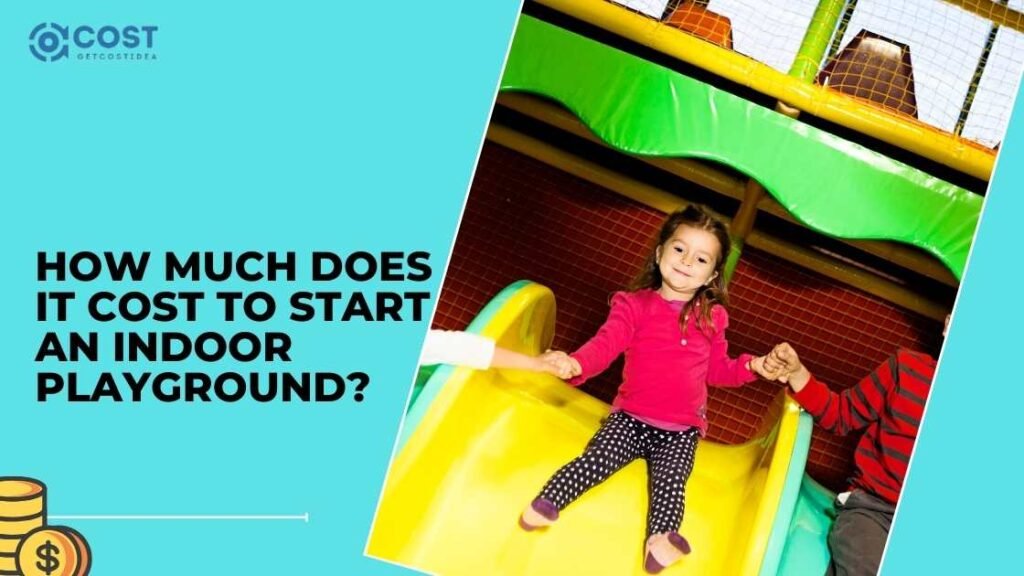Starting an indoor playground can cost between $10,000 to $50,000. This depends on size, equipment, and location.
Beginning on the journey of launching an indoor playground is a thrilling prospect for entrepreneurs seeking to capture the attention of a family-centric market.
How Much Does It Cost to Start an Indoor Playground? This pivotal question revolves around the initial investment required for essentials such as space rental or purchase, playground equipment, safety features, and securing the necessary business licensing.
Achieving a harmonious balance between budgetary constraints and the aspiration to create a dynamic, enticing environment is crucial for a successful kickstart. Crafting a meticulously detailed business plan serves as a valuable tool. Not only in attracting potential funding but also in adeptly managing costs.
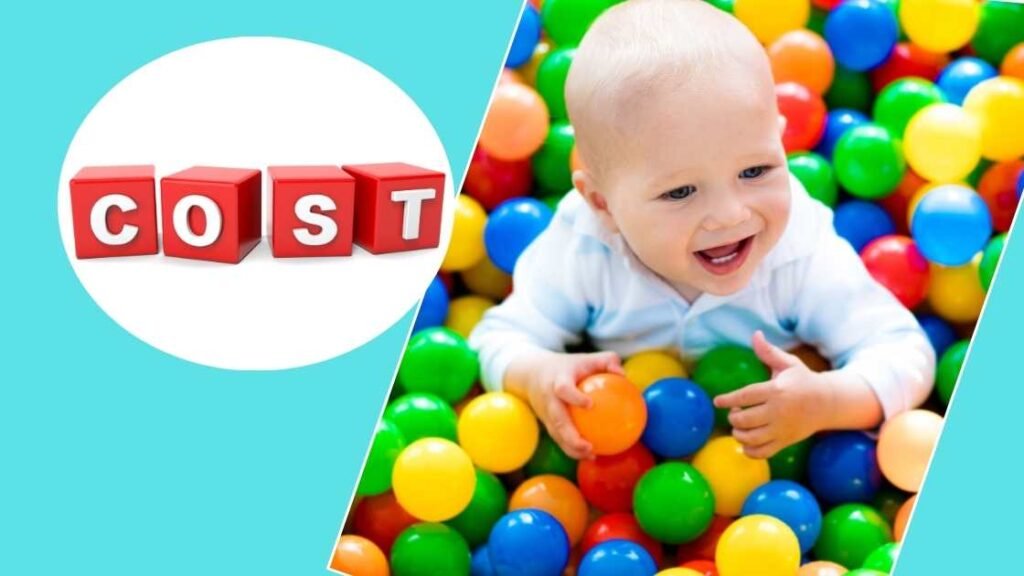
In a landscape where family entertainment choices are on the upswing. The allure of a profitable indoor playground business is particularly enticing for those committed to delivering happiness and active enjoyment for children.
Setting The Scene For Indoor Playgrounds
Starting an indoor playground unlocks a world of fun and excitement for families. It’s a place where children’s laughter fills the air, and imaginations run wild. The demand for these magical spaces continues to soar, as parents seek secure and enriching environments for their young ones. In this article, we explore the costs involved in bringing this vibrant play haven to life.
The Rise Of Indoor Play Spaces
The trend for indoor playgrounds is climbing at an impressive pace. Indoor play spaces offer year-round leisure, no matter the weather. They’ve become a go-to for birthday parties, playdates, and family days out. Here are some key points to consider about their popularity:
- Weather-proof fun
- Safe and controlled play areas
- Diverse activities for all ages
- Increasing focus on active lifestyles for kids
Benefits For Children And Families
It’s more than just play. Indoor playgrounds are vital for child development. They offer a rainbow of benefits that support physical, mental, and social growth. Families treasure these playful paradises for multiple reasons:
| For Children | For Families |
|---|---|
|
|
Knowing the costs of establishing these play centers is essential for aspiring business owners. Continue reading to understand the financial investment required to create a playground wonderland that benefits all.
Initial Considerations
Starting an indoor playground sparks excitement for parents and children alike. Before the fun begins, initial considerations must take the forefront of your planning process. The financial requirements are essential. Let’s break down these considerations to build a successful play palace.
Choosing The Right Location

Picking a spot for your indoor playground is a game-changer. An ideal location has high visibility and easy access for families. Look for areas near schools or family-friendly neighborhoods. The right location could mean increased foot traffic and a higher success rate.
- Busy areas with families are goldmines.
- Ensure ample parking space for convenience.
- Proximity to complementary businesses helps.
Space Requirements
Size matters for indoor playgrounds. A balance between ample play areas and comfortable seating for parents is essential. The size will also affect the cost of rent and required staff.
| Play Area Size | Seating Area | Cost Impact |
|---|---|---|
| Large | Adequate | Higher |
| Medium | Cozy | Moderate |
| Small | Limited | Lower |
Local Regulations
Rules vary by location, and they can impact costs. Familiarize yourself with safety codes and accessibility requirements. Failure to comply can lead to costly modifications later on.
- Check with local authorities for specific playground codes.
- Make accessibility a priority for all visiting children.
- Consider the cost of safety features in your budget.
Breaking Down The Costs
Starting on the journey of starting an indoor playground is exciting. But it’s vital to understand the expenses involved. In “Breaking Down the Costs,” get ready for a clear picture of what it’ll take financially to make your playground a reality.
Leasing Versus Ownership Expenses
Two major paths define the foundation of an indoor playground: leasing or owning the space. Leasing involves monthly rent, potential utility fees, and a security deposit. Owning requires a hefty upfront investment but promises long-term savings. Evaluate each option’s costs to decide what aligns with your budget.
Equipment And Play Structures
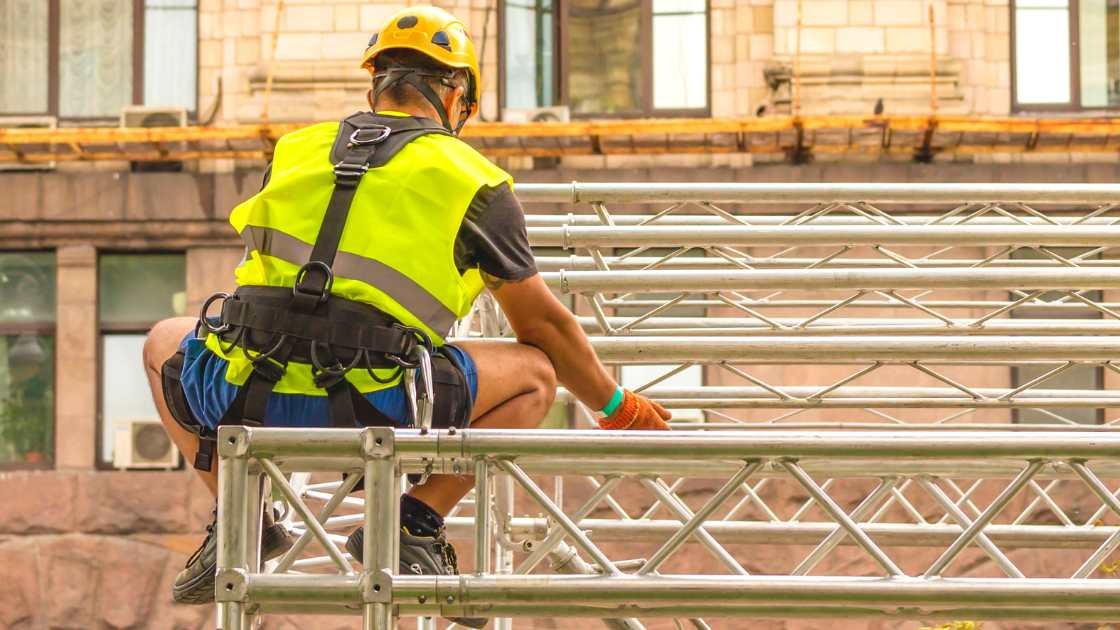
Play equipment is the heart of an indoor playground. Quality structures ensure repeat visits and safety. Costs vary widely based on the complexity and size of the structures. Consider commercial-grade playsets, which can range from a few thousand to tens of thousands of dollars.
Interior Design And Theming
The theme of your playground sets the tone. A cohesive design makes your space stand out. Expenses here can include painting, murals, furniture, and decor. The do-it-yourself design cuts costs but might not carry the professional touch that draws crowds.
Safety Measures And Insurance
Never skimp on safety. High-standard safety equipment and comprehensive insurance are non-negotiable. Flooring, padding, and emergency exits are costs that protect kids and your business. Insurance varies but count on several thousand dollars annually for ample coverage.
| Cost Category | Leasing | Ownership |
|---|---|---|
| Space | Monthly Rent + Utilities | Property Purchase |
| Play Equipment | Varies by selection | |
| Design | Varies by complexity | |
| Safety/Insurance | Yearly premiums + equipment | |
- Lease negotiations might include tenant improvement allowances.
- Purchasing pre-owned play equipment can reduce costs.
- Contracting local artists for theming may support community relations.
- Liability insurance addresses potential accidents on-site.
Operational Expenditures
After your indoor playground springs into action, you’ll face ongoing costs crucial to its smooth running. Operational expenditures ensure your playground remains a safe, enjoyable, and vibrant space. These encompass a variety of financial commitments, from staffing to utilities. Let’s break them down.
Staffing And Training
Finding the right team is essential for any indoor playground’s success. Employees manage operations, ensure safety, and provide excellent customer service. Here’s a snapshot of potential staffing costs:
- Hiring: sourcing and interviews
- Salaries: competitive wages to retain staff
- Training: proper onboarding and safety protocols
Maintenance And Cleaning
Maintenance keeps the playground in tip-top shape. It includes inspecting equipment, fixing damages, and updating tired features. A clean environment is non-negotiable for health and appeal. Here are common costs:
- Supplies: cleaning products and tools
- Services: professional deep clean scheduling
- Repairs: parts replacement and handyman services
Utilities And Ongoing Costs
Your playground’s utilities are vital for creating a welcoming atmosphere. From lighting to heating, these costs recur monthly. Ongoing costs like insurance and marketing also demand attention. Below are vital utility expenses:
- Electricity: lighting and electronic equipment
- Water: restrooms and cleaning tasks
- Internet: office admin and booking systems
Remember, smart planning saves money. Research suppliers for the best deals. Consider energy-efficient equipment to reduce bills. And always set aside funds for unexpected costs.
Additional Revenue Streams
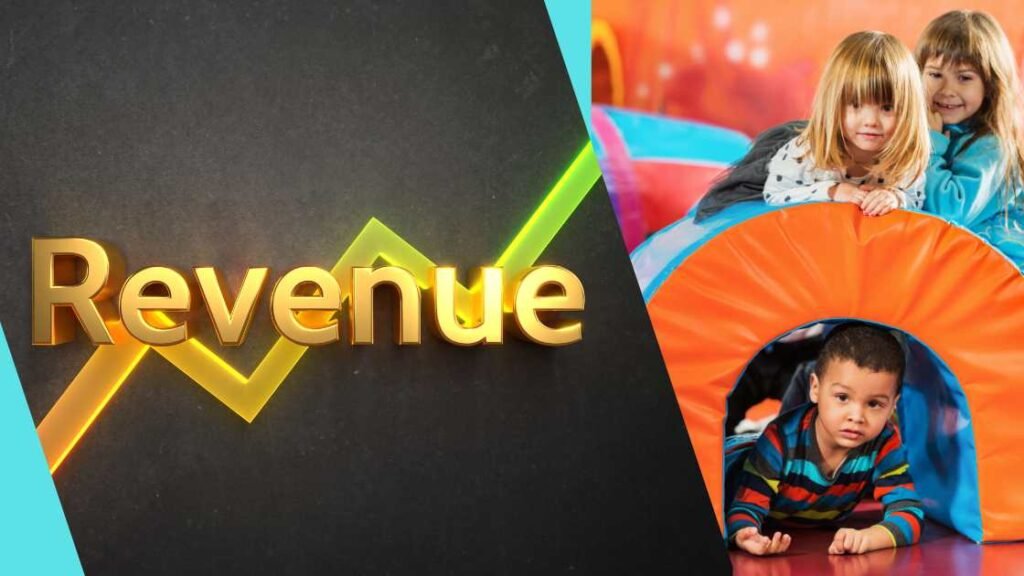
When you open an indoor playground, you also open a door to multiple ways to make money. Besides the entry fees, there are fun extras that can find your earnings. Let’s analyze some of these revenue-making options that can complement your main business.
Party Packages And Events
Celebrate fun times with birthday party packages and special events. Parties bring big groups and guarantee income. Offer themes, decorations, and activities. Think about these:
- Custom party themes – From princess castles to pirate adventures.
- Group discounts – More guests equals more playtime fun.
- Event hosting – For school trips or holiday fun days.
Food And Beverage Services
Kids play hard and get hungry. Serve snacks, meals, and drinks to keep the fun going. Here’s a simple menu plan:
- Healthy snacks – Fruit cups or yogurt parfaits.
- Meals for kids – Pizza slices or chicken nuggets.
- Drinks – Juices, water, and kid-friendly smoothies.
Ancillary Services And Retail
Add more to your income with extra services and a small shop. Sell toys or offer classes. Check these ideas:
| Service/Retail Item | Description | Price Range |
|---|---|---|
| Toy Shop | Popular playthings and branded items | $5-$20 |
| Craft Classes | Weekly themed craft activities | $10-$15 per class |
| Photography | Professional photos of the fun times | $20-$50 per session |
Financial Planning And Support
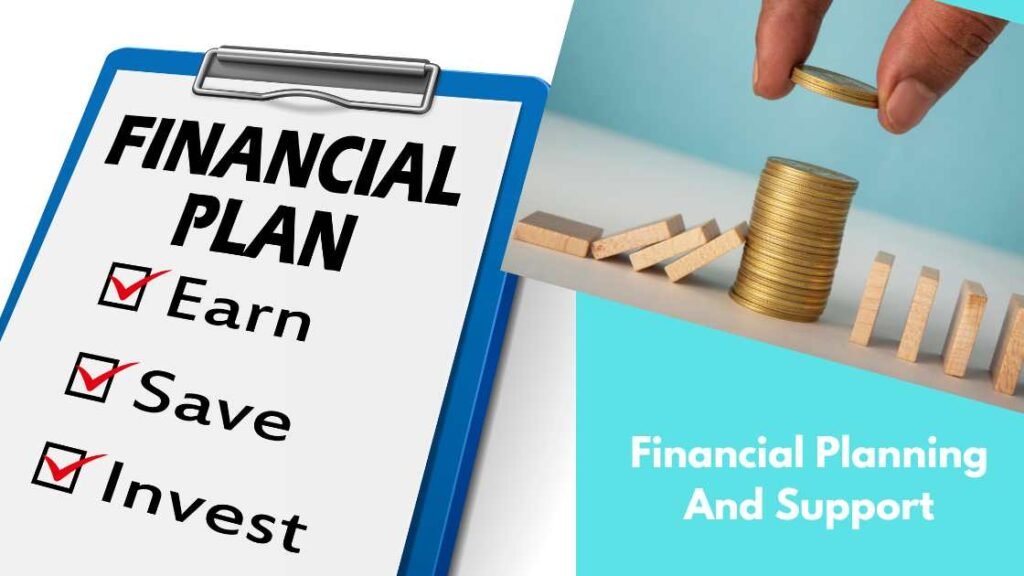
Starting an indoor playground requires a careful look at finances. It’s a big investment. A strong business plan and knowledge of funding options help a lot. You should also plan for the unknown. This secures your playground’s future.
Creating A Robust Business Plan
A solid business plan acts as your roadmap. It shows you where you’re heading. Include costs, revenue forecasts, and a marketing strategy. A clear plan can increase your chances of success:
- Calculate startup costs. These are one-time costs to open your playground.
- Outline operational expenses. Know what it costs to keep your playground running each month.
- Estimate revenue. Figure out how much money you’ll likely make.
- Determine financing needs. This tells you how much money you need to raise.
Funding Options
There are different ways to get money for your playground. Here’s a brief list:
- Personal savings: Use your own money to start.
- Bank loans: Banks give money if they think your business will do well.
- Investors: Some people will give you money if they think they can make more back.
- Government grants: Sometimes, the government helps with free money.
Each option has pros and cons. Choose the best one for your business.
Navigating Financial Uncertainties
Always expect the unexpected. Having an emergency fund helps. This is extra money saved. You use it when things don’t go as planned. To navigate financial uncertainties:
- Save money for emergencies. This is important.
- Get insurance. This protects you from big, unexpected costs.
- Keep track of your cash flow. Know how much money is coming in and going out.
Having backup plans can keep your playground open, even when times are tough.
Real Cost Examples
Finding the real costs involved in starting an indoor playground can be a daunting task. True financial insights come from those who have carved the path ahead. Below, we sink into real cost examples gathered from case studies and insider analysis, laying out concrete numbers to guide potential owners.
Case Studies Of Successful Indoor Playgrounds
Learning from those who succeeded offers a realistic lens through which to view potential expenses.
- Happy Playland: Opened with an initial investment of $250,000. Features include play structures, a café, and party rooms.
- Jumping Jack’s Funhouse: Started with $500,000. The playground boasts state-of-the-art equipment and interactive games.
- Adventure Kids Zone: Required a starting capital of $75,000 for a smaller-scale operation, focusing on creative play areas.
Cost Analysis From Industry Insiders
Insights from experts break down the specifics of investments.
| Item | Average Cost |
|---|---|
| Play Equipment | $50,000 – $100,000 |
| Rent | $2,000 – $10,000/month |
| Renovations | $20,000 – $50,000 |
| Licensing and Insurance | $3,000 – $5,000/year |
| Marketing | $1,000 – $5,000/month |
Frequently Asked Questions For How Much Does It Cost To Start An Indoor Playground
Are Indoor Playgrounds Profitable?
Indoor playgrounds can be profitable businesses, especially in areas with high demand for children’s entertainment options and poor weather, provided they are well-managed and marketed effectively.
How To Start Up An Indoor Playground Business?
Research your local market to assess demand for an indoor playground. Draft a comprehensive business plan. Secure a suitable location and obtain necessary permits. Purchase safe, engaging playground equipment. Launch your business with a marketing strategy to attract families.
How Much Does It Cost To Build A Playground At Home?
Building a home playground can cost between $500 for basic equipment to $10,000+ for high-end setups. Factors like size, materials, and complexity impact the final price.
How Big Should An Indoor Playground Be?
The size of an indoor playground can vary, but a minimum of 1000 square feet is recommended to ensure ample space for equipment and play areas. Optimal sizes can range from 3,000 to 10,000 square feet depending on client capacity and activity diversity.
How Do I Write A Business Plan For An Indoor Playground?
To create a business plan for an indoor playground, outline your vision, target market, and competitive analysis. Detail your facility layout, safety measures, marketing strategy, and financial projections to attract investors and guide your business’s growth.
Conclusion
Starting an indoor playground involves various costs. Key considerations are location, equipment, and insurance. Balancing initial expenses with smart planning can yield success. Seeking expert advice can also be beneficial. Start this venture with confidence and clear financial expectations.

